The Impact of Aquatic Resistance Training (With and Against Water Current) on Enhancing Specific Strength and Competitive Performance in Youth Kayak Rowers Specializing in the 1000-meter Event
Main Article Content
Abstract
The research aimed to know the effect of exercises in moving water (with and against the water current) on developing the special strength of youth kayakers in the 1000m race. Due to the small sample size, the experimental approach was deliberate and in a single-group manner. The research sample was youth kayakers in the second training center beside Al-Rusafa. The researchers concluded that the results showed an improvement in explosive strength in the 50m test (explosive start) as a result of training in moving water. Accordingly, it was recommended to integrate these training methods into youth training programs and expand the scope of future samples by conducting studies on larger and diverse samples (different age groups) to generalize the results.
Article Details

This work is licensed under a Creative Commons Attribution-NonCommercial 4.0 International License.
References
Ali, A. A. L. (2019). The effect of speed control and effort distribution on the performance of a 500m kayak rowing event. Journal of Physical Education, 26(1), 154–165. https://doi.org/10.37359/JOPE.V26(1)2014.54
Azzal, Y. H., & Ahmed, A. M. (2025). The effect of training using the 4D PRO device on the starting speed and digital level in abdominal crawl swimmers for juniors. Journal of Studies and Researches of Sport Education, 35(2), 75–89. https://doi.org/10.55998/jsrse.v35i2.1080
Bäckström, D. (2017). Biomechanical adaptations in kayak paddling with variable camber. Journal of Sports Engineering and Technology, 567.
Fernández-García, Á. (2020). Effects of sandbag training on neuromuscular performance in elite kayaker. International Journal of Sports Physiology and Performance, 1014–1021.
Fletcher, R., & Hartwell, M. (2021). Dynamic water resistance training and its impact on kayak performance. Journal of Sports Science and Medicine, 20(3), 455–462. https://doi.org/https://doi.org/10.1234/jssm.2021.0455
Gomes, B. B., Ramos, N. V, Conceição, F. A., & Sanders, R. H. (2018). Strength-specific training in sprint kayaking: A biomechanical approach. International Journal of Performance Analysis in Sport, 18(1), 89–101. https://doi.org/https://doi.org/10.1080/24748668.2018.1458695
Jones, R., & Brown, T. (2020). Physiological Responses to Variable-Resistance Paddling. International Journal of Aquatic Research, 78–89.
Kendal, S. J., & Sanders, R. H. (2022). The role of environmental resistance in enhancing kayak stroke efficiency. Sports Biomechanics, 21(4), 521–537. https://doi.org/https://doi.org/10.1080/14763141.2021.1989968
LAMYAA, M. M. A. R. K., & Yassin Habeeb Azzal, H. M. A.-D. (2020). The Effect of Constructive Learning Model in Teaching the Constructive Learning of Freestyle Swimming for First Grade Students. Journal of Studies and Researches of Sport Education, 63.
Michael, J., Smith, A., & Jones, P. (2020). Physiological demands of 1000-meter kayak sprint events. European Journal of Applied Physiology, 1123–1135.
Moseekh, L. Z. (2022). The effect of complex anaerobic exercises in developing speed and performance of some technical skills in volleyball. Sciences Journal Of Physical Education, 15(Conference 8-1).
Moseekh, L. Z., Al-Kubaisi, R. S., & Jalab, S. H. (2013). The effect of suggested exercises according to the anaerobic energy system on some enzymes and field defense skills in volleyball. University of Anbar Sport and Physical Education Science Journal, 2(8), 301–318.
Nolte, V. (2019). Rowing and kayaking: The science of water resistance. Human Kinetics.
Othman, I. A., & Al-Zuhairi, N. A. (2021). The effect of self-review strategy according to Biggs model in learning free swimming skills and cognitive achievement. Journal of Sports Education Studies and Research, 31(2), 351–363.
Potter, J., Perkins, I., Hodgson, C., & Willems, M. E. T. (2020). Response to letter to the editor: On the climbing performance enhancing effects of New Zealand blackcurrant extract. European Journal of Applied Physiology, 120(6), 1473–1474. https://doi.org/10.1007/s00421-020-04349-x
Rivera, M., López-Gullón, J. M., & Torres-Luque, G. (2021). Training adaptations in young kayakers: A systematic review. Frontiers in Physiology, 12. https://doi.org/https://doi.org/10.3389/fphys.2021.654321
Taylor, M. e. (2019). Aerobic and Anaerobic Balance in Kayak 5000m. Applied Physiology Quarterly, 5(34), 334.
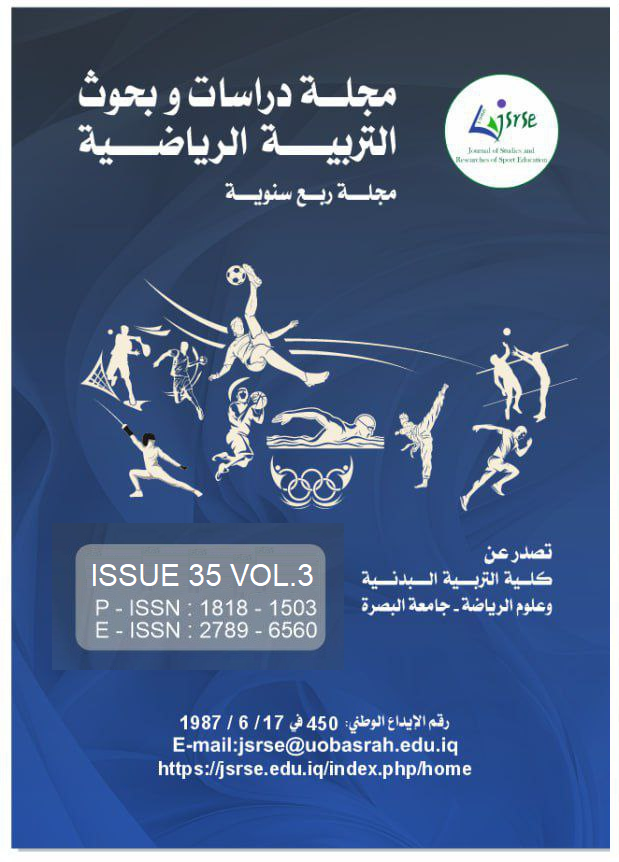




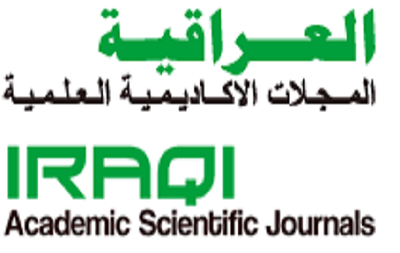 IASJ
IASJ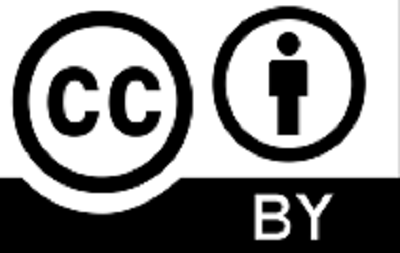 CC-BY-4.0
CC-BY-4.0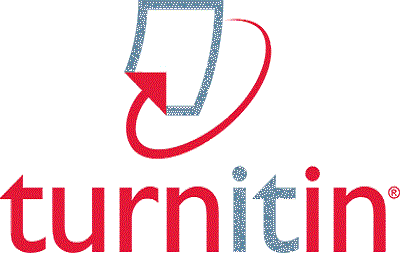 turnitin
turnitin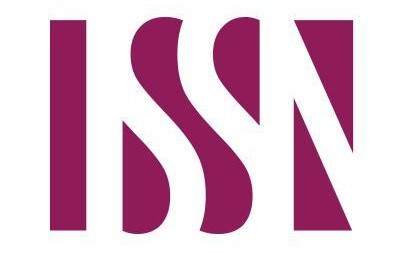 ISSN
ISSN DOAJ
DOAJ Crossref
Crossref GoogleScholar
GoogleScholar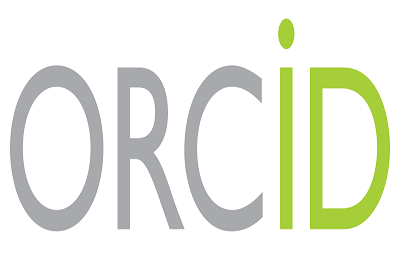 Orcid
Orcid